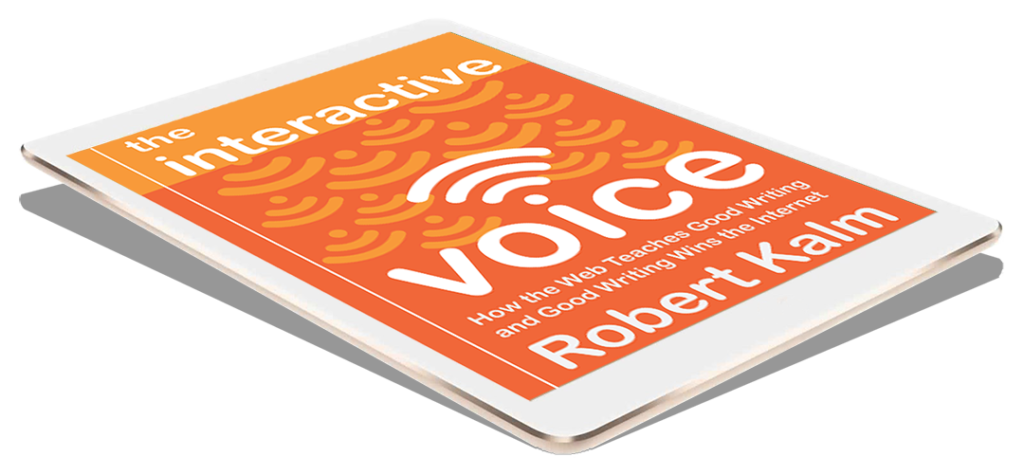
How to #506iv
7 Ways to Interact with The Interactive Voice's 7 Steps
The Interactive Voice is a 7-week graduate course teaching better Web communication that anyone can take. Build your unique creative process for our dynamic online world by following 7 simple interactive steps:

1) If you haven’t done your first “write-through,” get the workbook first. Read The Interactive Voice lectures. Experiment with the interactive assignments online. Create a first draft of your ideas and a system for feedback.
2) Listen in on the current class. Follow the course hashtag #506iv on Twitter. Notice the trending hashtags, lessons, and assignments. When you’re ready, join in the class discussion. Post work, feedback, questions, and answers.
3) Search for past classes. To write well, you need to read. That’s just as true online. Read former student’s blogs on the alumni page. Search older #506iv posts and assignments. Get inspired by what others do with the course.
4) Follow the course social media for further ideas. Interact with the course and professor Twitter accounts. Comment on the latest articles posted on Facebook. Share your interactive process using the course hashtag on Instagram.
5) Sign up for the iVoices newsletter and the latest blog posts, class discussion, interactive prompts, alum stories, and other Interactive Voice hacks and ideas along with updates on Bob’s workshops, books, and more.

6) Retake the course. The Interactive Voice is designed as an exercise drill. The first “write-through” is unexpected and challenging. As the course becomes familiar, and you complete additional drafts, your work grows stronger.

7) Start your own class. The Interactive Voice is also a teaching manual. At every stage, it incorporates other people into your writing process. The best way to learn the lessons most relevant to you is by leading your own group.

The Interactive Voice stresses focus, improvisation, and drafting. Contact me if you’d like help setting up the course within your group or organization or let me know about successful ways you hacked the algorithm. I’m always open to counterarguments, alternative prompts, and new directions. – Robert Kalm






